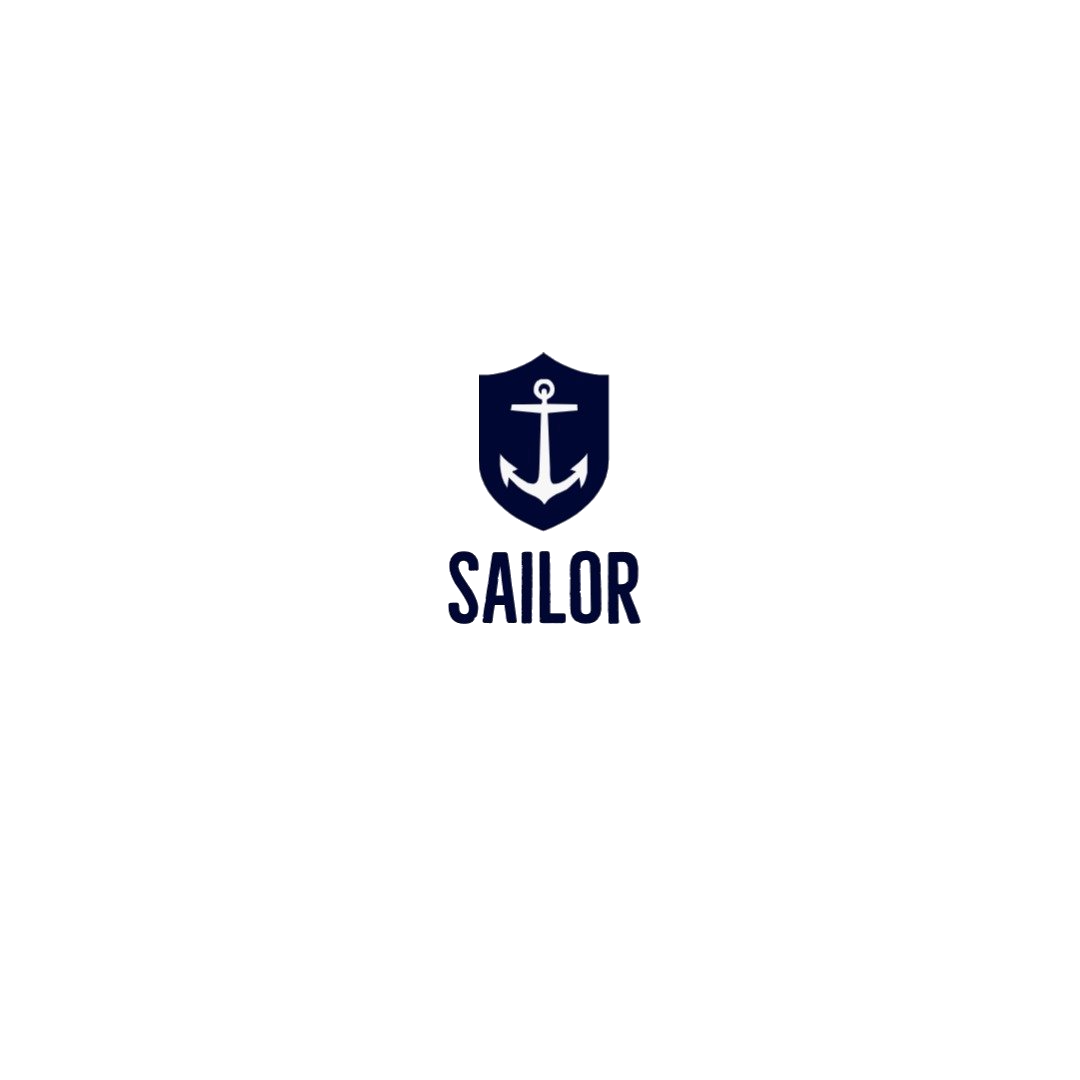
Introduction:
Oil tankers, the vessels tasked with transporting various oil grades, inherently carry risks, even when emptied. The potential for explosions, damage, pollution, and loss of life arises from the mixture of oil vapors and air. To mitigate these dangers, ships employ Inert Gas (IG) systems, either as standalone facilities or by harnessing flue gas from the ship’s boiler.
Understanding Inert Gas Systems:
Definition and Importance:
Inert gas, with its minimal oxygen content (usually below 8%), is incapable of supporting the combustion of flammable gases. The Inert Gas System emerges as a pivotal safety feature for oil tankers, ensuring a secure operational environment.
Key Components of the IG System:
Exhaust Gases Source:
Inert gas originates from the exhaust uptakes of the ship’s boiler or main engine.
Inert Gas Isolating Valve:
This valve serves to isolate the inert gas system when not in active use.
Scrubbing Tower:
Responsible for cleansing and cooling flue gases, ensuring enhanced safety.
Effectively reduces harmful sulfur dioxide (SO2) levels.
Demister:
A moisture-absorbing element crafted from polypropylene.
Gas Blower:
Two distinct blowers.
I.G Pressure Regulating Valve:
Manages pressure fluctuations in tanks and recirculates excess gas to the scrubbing tower.
Deck Seal:
Prevents gases from reverting to cargo tanks, utilizing a wet-type seal with a demister to eliminate moisture.
Mechanical Non-Return Valve:
An additional safety feature in line with the deck seal.
Deck Isolating Valve:
Isolates the engine room system from the deck system.
Pressure Vacuum (PV) Breaker:
Controls pressure levels in cargo tanks, equipped with a flame trap for added safety.
Cargo Tank Isolating Valves:
Manages the flow of inert gas to individual cargo holds.
Mast Riser:
Maintains positive pressure during cargo loading.
Safety and Alarm System:
A comprehensive array of alarms with shutdown capabilities ensures utmost safety.
Safety Alarms:
- High Level in scrubber
- Low-pressure seawater supply to scrubber tower
- Low-pressure seawater supply to Deck Seal
- High inert gas temperature
- Low pressure in line after blower
- Oxygen content high (8%)
- Low level in deck seal
- Power failure
- Emergency stop
Alarms Only:
- Scrubber low level
- Deck seal low level
- Low O2 Content (1%)
- High O2 Content (5%)
Understanding the Inert Gas Plant’s Functionality:
Operational Procedure:
- Boiler uptake gases are directed to the scrubber unit.
- Gas undergoes cooling, cleansing, and drying within the scrubber unit.
- Motor-driven inert gas blowers deliver treated gas to tanks.
- Control valves govern gas quantity and deck pressure.
- Gas passes through the deck water seal, preventing back flow.
- An oxygen analyzer triggers an alarm if oxygen content surpasses 8%.
- In summary, the Inert Gas System stands as a critical safety measure, ensuring the secure transportation of oil cargo and minimizing the risk of explosions.
